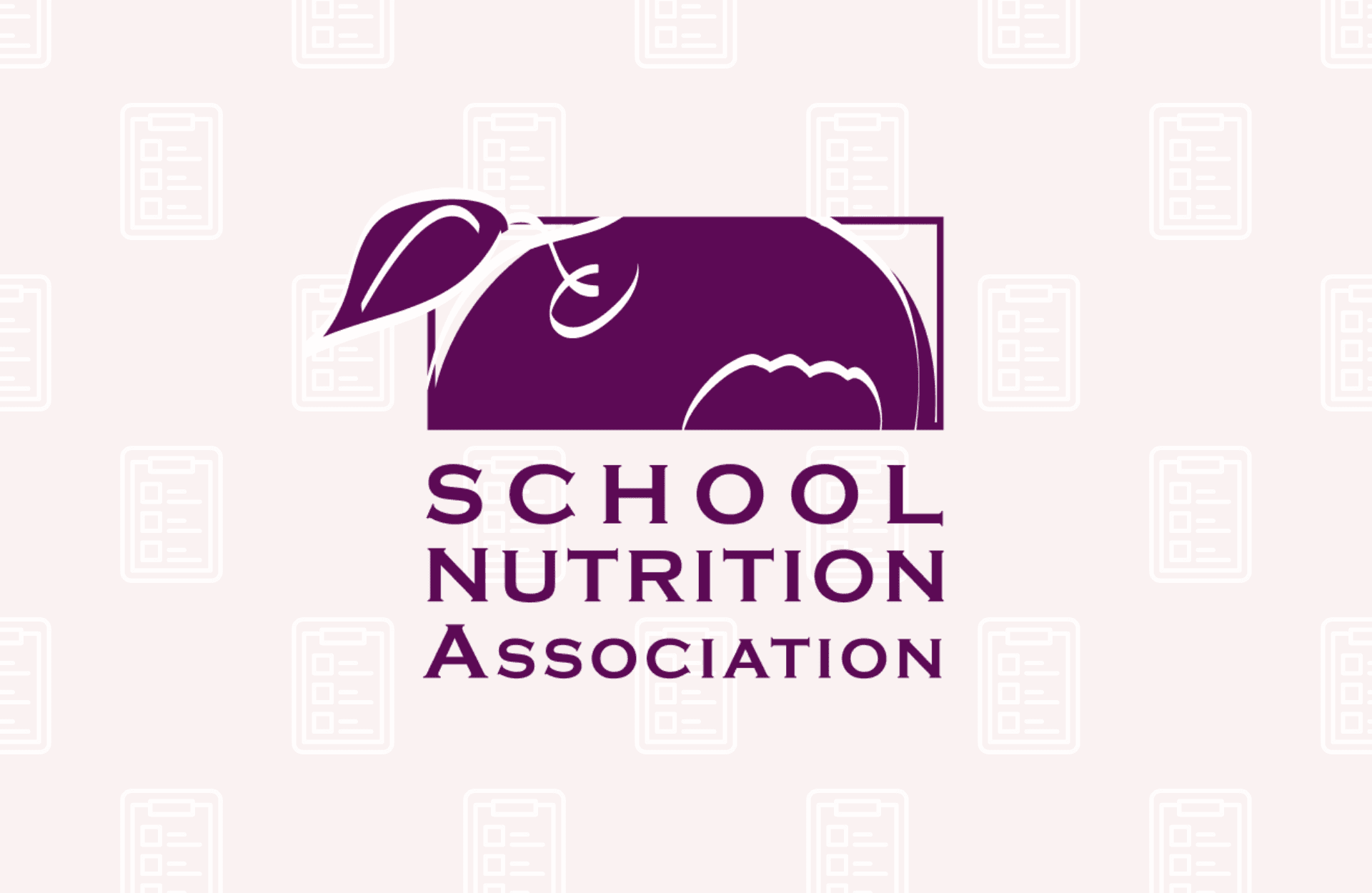FOR IMMEDIATE RELEASE:
Contact: Diane Pratt-Heavner
301-686-3124
media@schoolnutrition.org
Costs of Nutrition Standards Threaten School Meal Programs
2015-08-25
SNA survey: despite widespread efforts, schools cut staff and reserves, limit menu choices
NATIONAL HARBOR, MD – Since schools began meeting federal nutrition regulations in 2012, school nutrition professionals have been working hard to promote the changes and healthy choices to students. A new School Nutrition Association (SNA) survey of meal program operators nationwide also reveals that meeting these mandates has harmed the financial health of nearly 70% of school meal programs surveyed, with fewer than 3% reporting a financial benefit.
“School nutrition standards have resulted in many positive changes, but we cannot ignore the repercussions – the financial impact of these rules threatens school meal programs and their efforts to better serve students,” said Jean Ronnei, SNS, SNA President and Chief Operations Officer at Saint Paul Public Schools, MN. “To ensure programs remain financially sustainable for the children they serve, Congress must provide more funding and reasonable flexibility under the most stringent rules.”
The survey revealed that virtually all (99%) of responding districts have implemented or plan to implement at least one of seven listed initiatives to promote healthier choices to students. Nearly three-quarters of districts engage in student taste tests, while a majority (or near majority) have implemented nutrition education, Smarter Lunchroom techniques and Farm to School or locally grown initiatives.
Despite these efforts, 58% of respondents reported that student lunch participation declined under the new standards. Nearly 93% of those respondents cite “decreased student acceptance of meals” as a contributing factor to this decline. Districts with a low percentage of students qualifying for free or reduced-price meals struggle the most with lunch participation; 72% of these districts reported a decline. Nationwide, US Department of Agriculture (USDA) data shows that more than a million fewer students choose school lunch each day under the new rules.
Meanwhile, nearly 74% of districts with a la carte service report that this revenue has decreased since the 2014 Smart Snacks in School rules took effect, with 43% citing a strong decrease. This loss in revenue can cripple school meal programs, already struggling to manage higher food and labor costs due to the new rules.
According to USDA, in Fiscal Year 2015 alone, schools must absorb $1.2 billion in added costs as a result of the standards. When asked to identify the factors that have harmed their program’s financial health, “increased per meal food costs” led the list by a wide margin, cited by 70% of respondents.
Alarmingly, nearly eight in every ten school districts have had to take steps to offset financial losses since the new standards were implemented. Among the unintended consequences cited:
- almost half of responding districts (49%) have reduced staffing;
- 41% have diminished the meal program’s reserve fund, critical for investing in program improvements;
- 36% have limited menu choices and variety;
- 32% have deferred or canceled equipment investments.
“We all want school meal programs to increase scratch-preparation and invest in creative recipes using fresh, whole ingredients, but they are losing the necessary resources to achieve these goals,” said Ronnei. “Schools are trying to expose students to a wider variety of fruits and vegetables, but faced with rising costs and shrinking revenue, many have been forced to limit pricy choices like snap peas and berries and serve more affordable options, like celery and juice.”
The survey also revealed substantial benefits for schools participating in the Community Eligibility Provision (CEP), which allows schools with a higher percentage of low income students to serve all students free meals. About one in five districts report having at least one school that used CEP, and about two-thirds of those report that CEP participation has helped their program’s overall financial health. Districts participating in CEP were least likely to report a decrease in lunch participation.
SNA supports the overwhelming majority of the new rules, including caps on calories, saturated and trans fats and mandates to offer larger servings and a wider variety of fruits and vegetables. To address challenges under the new rules, SNA is calling on Congress to increase the federal reimbursement for school meals by 35 cents and provide flexibility on a few of the new rules (see www.SchoolNutrition.org/PositionPaper).
In particular, SNA supports maintaining Target 1 sodium limits (effective July 2014), but wants to suspend further sodium reductions, given conflicting scientific research on sodium intake in children. Nearly 70% of survey respondents are “very concerned” about the availability of foods that meet future sodium reduction targets and are well accepted by students, while 24% are “concerned.”
The 2014 mandate that all grains offered with school meals be whole grain rich has also challenged school districts nationwide. Forty-four percent rate it as “a challenge” and nearly 29% of districts cite this issue as a “significant challenge.” Student acceptance of whole grains was the top problem for districts challenged by whole grain mandates, cited by 94% of districts. SNA supports restoring the 2012 mandate that half of all grains offered be whole grain rich.
The survey collected extensive open-ended feedback. The 450 comments included:
- We have noticed that not only is participation decreasing, but those students that do take the meals do not EAT the meals. Our waste has increased dramatically. It is shameful the food we throw away. We have the healthiest garbage!
- It seems as though the guidelines are written with health in mind, which I applaud. But they don’t seem to take into account food quality, flavor, or regional cuisines. We can’t teach kids to eat well if the food isn’t delicious.
- We had fund balance of $500,000. It is now gone. Student acceptance is a serious issue.
- The costs associated with these changes have taken a huge toll on our ability to purchase equipment or expand our offerings. We have been limited to hire positions needed for our program due to lack of funding. Students are very intolerant of-mediocre tasting products due to decrease of sodium and requirement to use whole grains.
SNA’s 2015 School Nutrition Trends Survey, conducted in June and July 2015 with SNA members, netted responses from 1,100 district-level school nutrition professionals representing 1,100 unique districts in 49 states. The typical respondent had 16 years of experience in the school foodservice profession and represented a diverse mix of school districts with regards to enrollment and the percentage of students who qualify for free or reduced-price meals.
About School Nutrition Association:
The School Nutrition Association (SNA) is a national, non-profit professional organization representing 55,000 school nutrition professionals across thecountry. Founded in 1946, SNA and its members are dedicated to making healthy school meals and nutrition education available to all students. For more information on school meals, visit www.SchoolNutrition.org/SchoolMeals.
Related Articles

SNA Urges MAHA Commission to Invest in School Meals
Read More

School Nutrition Professionals to Implore Congress to Protect School Meals
Read More




